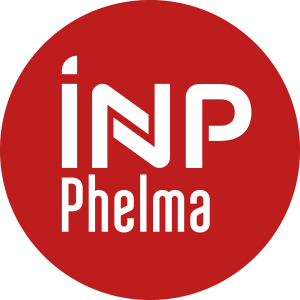Number of hours
- Lectures 22.0
ECTS
ECTS 2.0
Goal(s)
Nuclear Magnetic Resonance allows on one hand to study the structure and the dynamics of molecules (NMR spectroscopy) and, on the other hand, to image in 3D the nuclear magnetization (Magnetic Resonance Imaging MRI). MRI is a diagnostic tool of utmost importance in medicine. Its application in neurosciences allows to study how the human brain works. The scope of applications and their rapid development make MRI one of the most used medical imaging techniques. The objective of this course is to understand its physical basis, to discover its technical implementation with examples of applications in medicine.
Contact Francoise HIPPERTContent(s)
- Physical basis of NMR
- Principles : nuclear magnetism, resonance, relaxation
- Signal processing and instrumentation
- Main NMR sequences
- Interactions of nuclear magnetic moments with their environment, analysis of NMR spectra of simple molecules
- Relaxation phenomena
- Magnetic resonance imaging.
- Principle of spatial encoding
- Setting of geometric parameters
- A few MRI sequences
- Main contrasts
- Example of applications and artefacts
- Applications in medicine
- Practical work : Simulations of MRI signals, multi-dimensional Fourier transform, spatial frequencies
Prerequisites
Fourier transform
The exam is given in english only 
Written examination. 2 hours.
The exam contains 2 parts :
1/ Physical basis 2/ Imaging
Each part contributes 50% of the final mark.
No document except one sheet of paper containing a summary of the course.
Pocket calculator not allowed
DS 100%
This course is given in english only 
M.H. Levitt Spin Dynamics : Basics of Nuclear Magnetic Resonance, Wiley 2001



